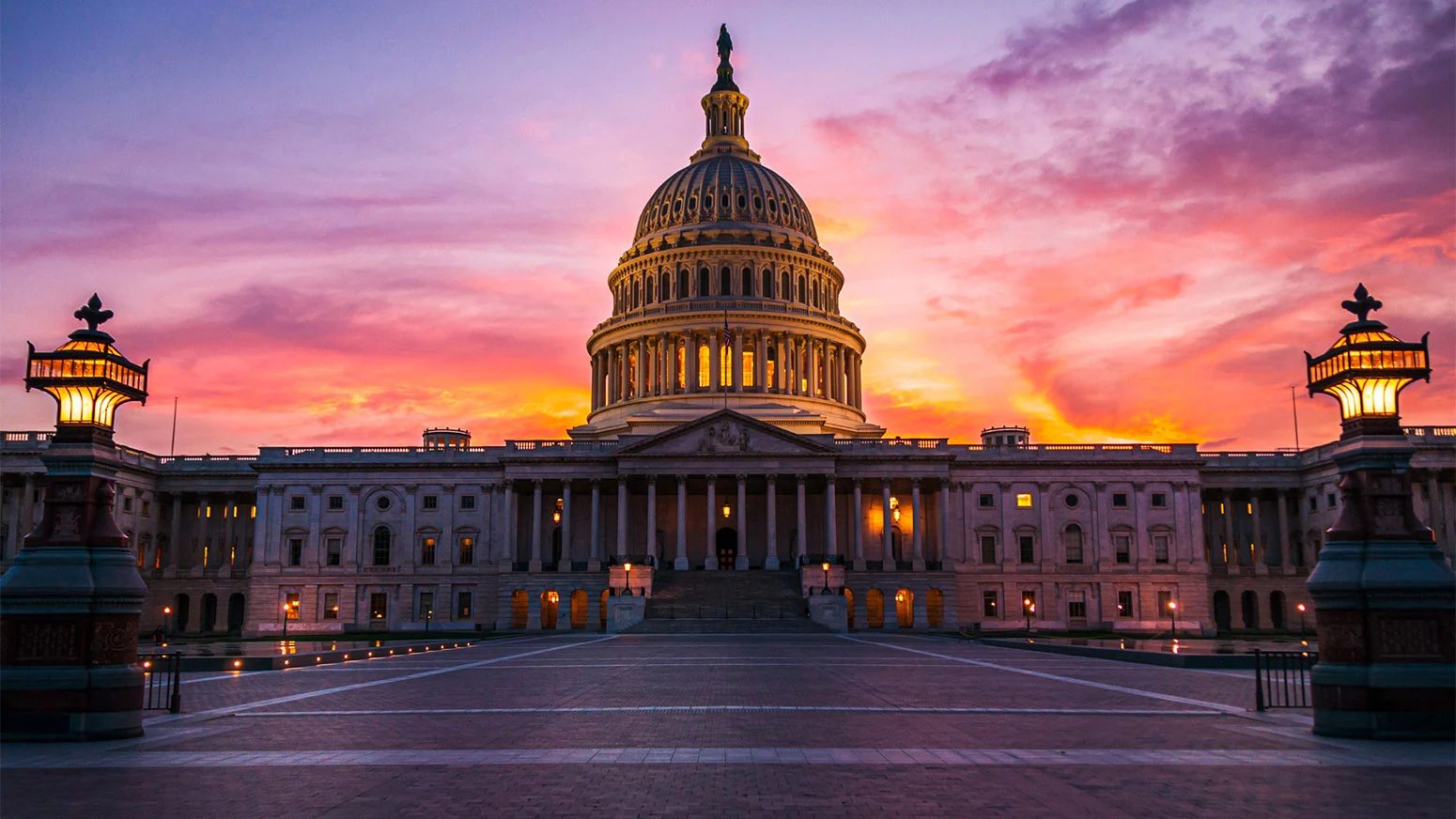The SECURE 2.0 Act of 2022 (SECURE 2.0) made significant changes to 401(k) plans intended to expand coverage, increase retirement savings, and simplify distribution rules. It’s critical that small business owners understand these changes and how to position their 401(k) plans to take advantage of or navigate around them. Some provisions are effective now, while others have a future effective date.
Preparation is key. How you respond to the changes could mean the difference between capitalizing on new opportunities or encountering lowered contribution limits, missing out on valuable tax breaks, or grappling with frustrating administrative hurdles.
To assist in your evaluation, we have summarized specific plan aspects below that might need your immediate attention. We included the SECURE 2.0 provision to leverage or neutralize as well as potential changes that can be made to your plan now. Armed with this information, you can optimize your 401(k) plan for SECURE 2.0 provisions effective now and in the future.
Roth Catch-Up Contributions
Does your plan allow employees to make Roth contributions? If not, you should consider adding the option to your plan now. Otherwise, all employees won’t be able to make catch-up contributions soon.
Beginning in 2024, SECURE 2.0 requires catch-up contributions to be made as Roth contributions for any employee earning over $145,000 (indexed for inflation). Due to the rule change, a plan must either include a Roth option or prevent all employees from making catch-up contributions because preventing certain employees from making catch-up contributions is prohibited – unless subsequent IRS guidance states otherwise.
If your plan does not allow Roth contributions today, you must permit the Roth option or prohibit catch-up contributions for 2024 and beyond.
Roth Employer Contributions
Are Roth contributions popular with your employees today? SECURE 2.0 allows you to give them the option to designate employer contributions – including safe harbor, matching, and nonelective contributions – as Roth contributions. This option is allowed now, but how to administer it is still unclear.
IRS regulations should clear that up soon. After that, payroll and 401(k) recordkeeping systems will need to be adapted. We don’t anticipate these upgrades to be released before 2024.
In the meantime, you could poll employee interest. Allowing employees to designate employer contributions as Roth contributions will add administrative complexity to your plan, so adding the option may not be worth the trouble if employees won’t use it.
Long-Term, Part-Time Employees
Do you employ part-time workers for your business? If so, beginning in 2024, those workers may be required to be in your 401(k) plan if not already eligible.
SECURE 2.0 (and SECURE) require “long term, part-time” (LTPT) employees to be eligible for your plan if they work more than 500 hours in three consecutive 12-month periods (for 2024) or two consecutive 12-month periods (for 2025). LTPT employees must only be given the opportunity to make elective deferrals. You don’t have to allocate match or non-elective contributions to LTPT employees until they meet your plan’s normal eligibility requirements.
If you have part-time workers and don’t want to deal with the complexity of the LTPT rules, you should consider a minimal or no service requirement for your 401(k) plan.
Hardship Distributions
Do you allow hardship distributions from your 401(k) plan? This form of in-service distribution can be a financial lifeline when an employee has nowhere else to turn for cash. However, they can also be burdensome for employers to administer.
SECURE 2.0 dramatically simplified the administration of hardship distributions by allowing employers to rely on a written representation from an employee confirming their request meets the hardship need and amount requirements. This change is effective now. Prior to it, employers had to collect information or documents from the employee – not to mention, keep it for documentation purposes.
If you’ve been hesitant to permit hardship distributions, you may want to revisit the option given the simplified rules.
Small Account Cash-Outs
Is your 401(k) plan littered with small account balances for employees who have left your business? If so, make sure your plan document includes a cash-out provision. A cash-out provision allows you to automatically “cash-out” the small account balances of terminated employees without their consent. Because terminated employee accounts can dramatically increase the administrative burden and cost of a plan, most employers choose the legal limit for their cash-out threshold to remove as many accounts as possible.
SECURE 2.0 raises the legal limit to $7,000 effective in 2024 (currently $5,000). To remove as many terminated employee accounts from your plan as possible, you should consider adopting the new limit when you can.
Automatic Enrollment
Was your 401(k) plan established after December 29, 2022? If yes, your plan must include an automatic enrollment feature starting in 2025 – unless an exception applies – due to SECURE 2.0. The automatic enrollment mandate will apply to your plan if your business:
- Has been in existence for at least three years.
- Has more than 10 employees.
If applicable, your plan’s automatic enrollment feature must meet mandated automatic contribution arrangement (MACA) requirements. These include:
- Default deferral rate – Initial rate must be between 3% and 10% and be a uniform percentage of compensation.
- Rate escalation – The initial rate must increase by 1% on the first day of each plan year after the first year of participation, up to a minimum of 10%; must be a uniform percentage of comp and cannot exceed 15%.
- Default investment – must meet Qualified Default Investment Alternative (QDIA) requirements.
If your 401(k) plan is subject to the automatic enrollment mandate, you must add the MACA feature by 2025.
Amending a 401(k) Plan for SECURE 2.0
To meet IRS qualification requirements, all plans must operate according to the terms of a written plan document. That means your 401(k) plan document must be amended to reflect any SECURE 2.0 changes.
The amendment deadline will depend upon the discretionary or required nature of the change.
Discretionary Changes
If you are changing features in anticipation of SECURE 2.0 provisions, such as modifying eligibility requirements or adding hardship distributions, you should work with your 401(k) provider to have those amendments prepared and signed in the year in which the change is effective.
Required Changes
If you are formalizing changes included in the SECURE 2.0 provisions, such as LTPT employee provisions or mandated automatic enrollment, then you have to wait (unless you are terminating the plan). The SECURE 2.0 amendment has yet to be released by 401(k) providers.
Don’t worry, you can still operate the plan as if the SECURE 2.0 provisions were in place without signing an amendment. There is also plenty of time to review the subsequent amendment as the SECURE 2.0 amendment does not have to be signed until December 31, 2025 at the earliest. However, you should work with your 401(k) provider to keep track of any SECURE 2.0 provisions your plan utilizes and when they were effective.
Preparation Is Key For SECURE 2.0 Changes!
SECURE 2.0 offers many benefits for employers and employees. You should assess your 401(k) plan to take advantage of provisions effective now and in the future. You should also continue to stay informed, review your 401(k) plan, and make adjustments as needed. Being committed to proactive planning means your 401(k) plan can handle the present changes and is optimized for future SECURE 2.0 provisions.
Original Post written by Brian Furgala https://www.employeefiduciary.com/blog/prepare-your-401k-for-secure-2.0


